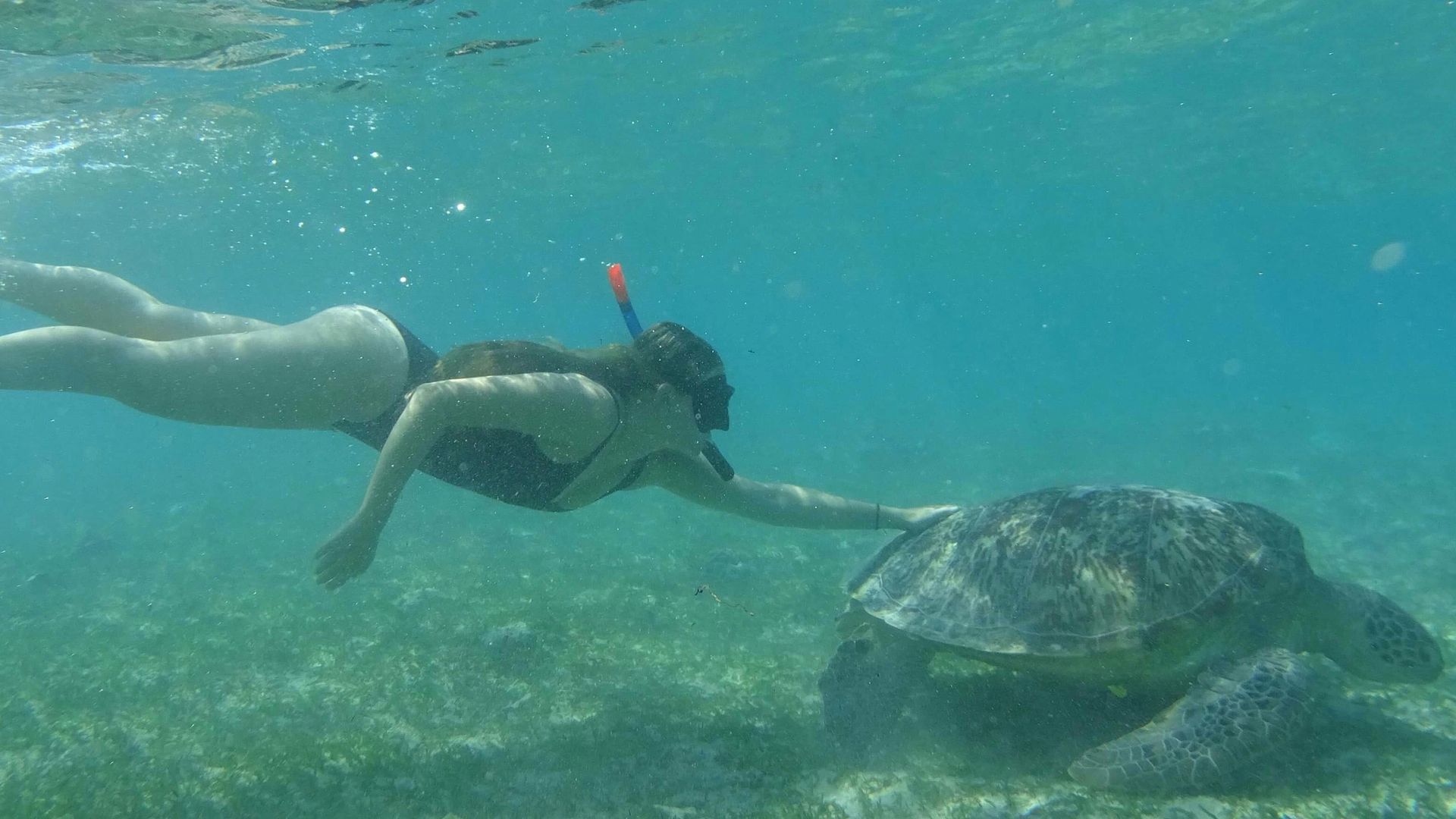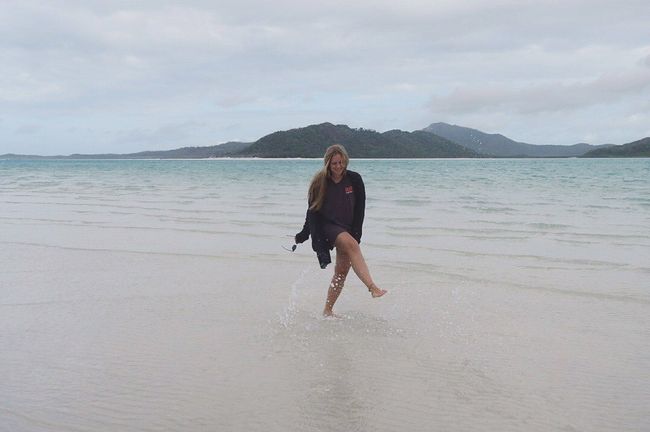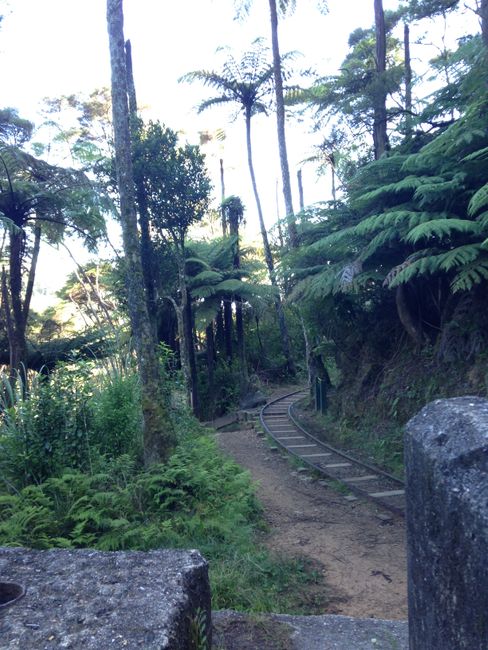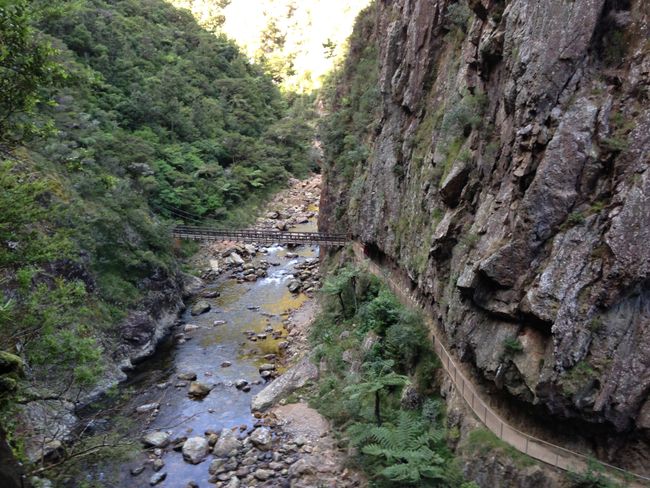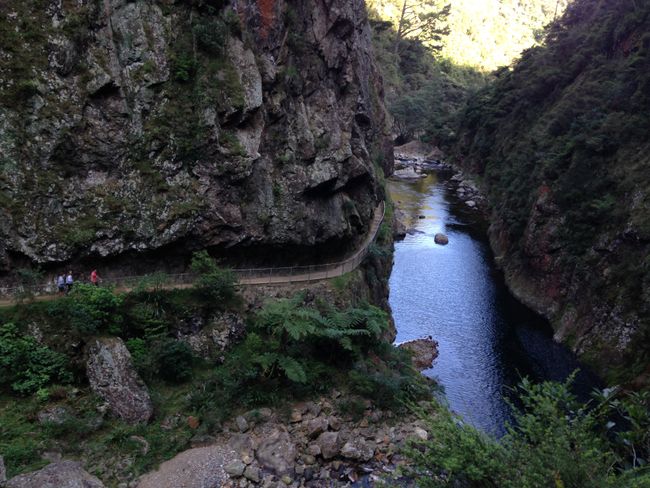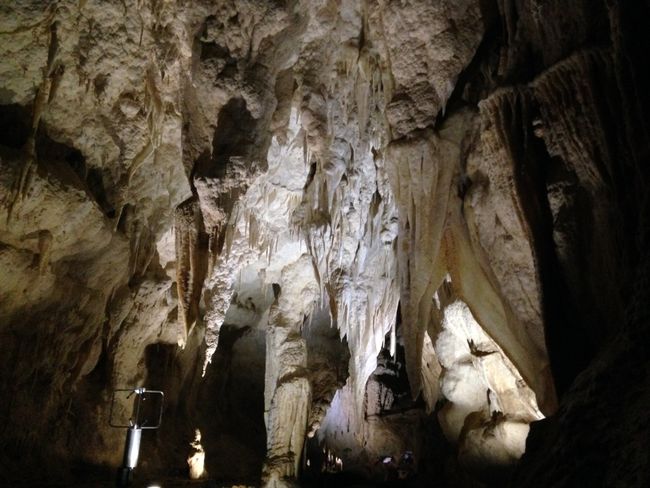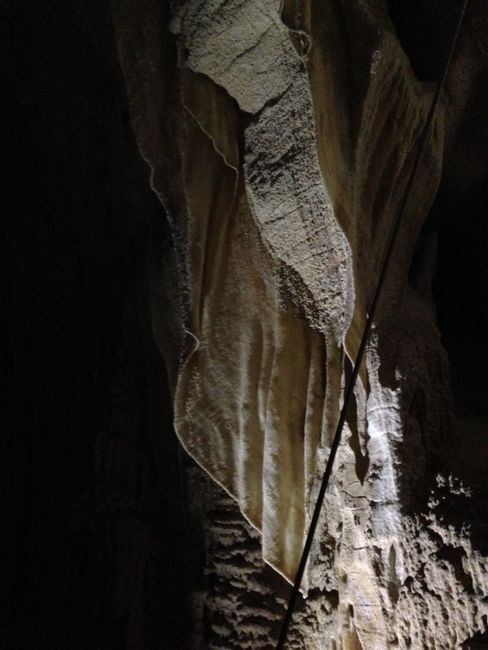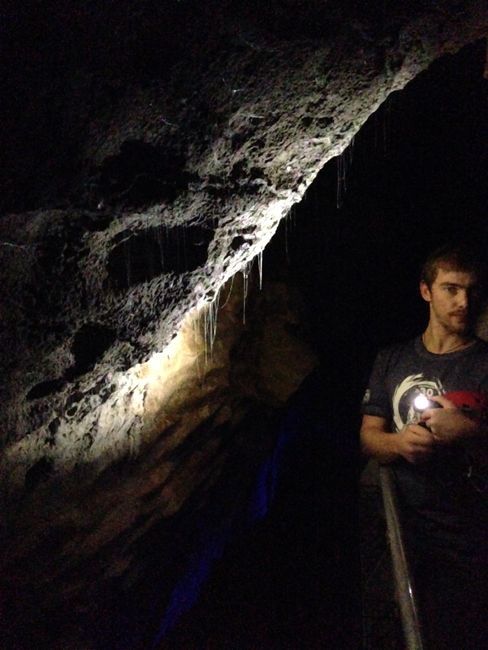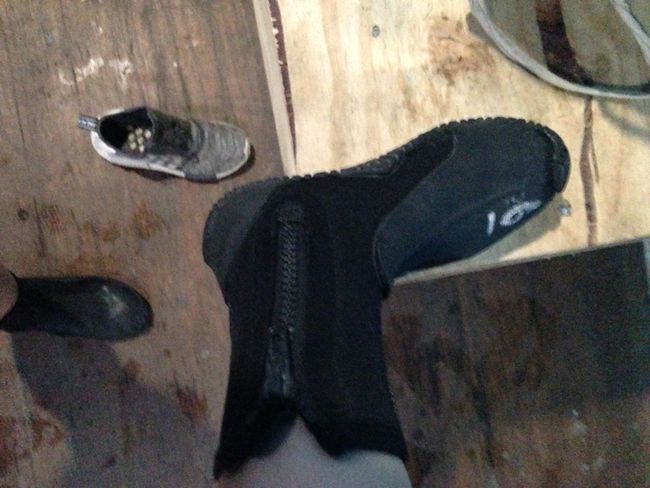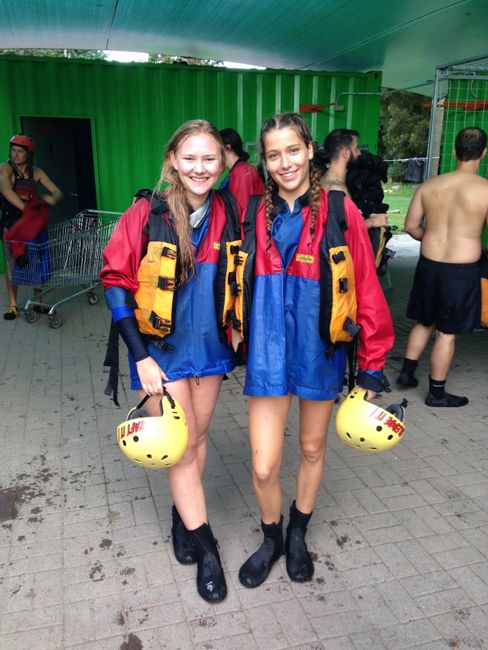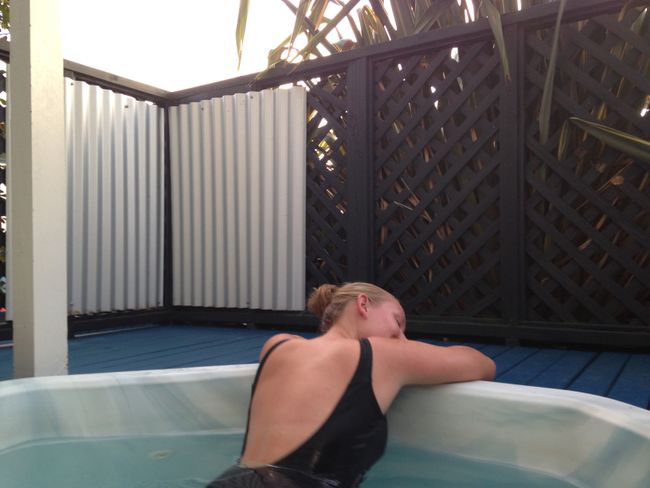Stop No. 4: WAITOMO & ROTORUA
Publié: 16.04.2018
S'inscrire à la Newsletter
After a night at Hot Water Beach, far away from civilization, we went through the Kaimai-Mamaku Forest Park to take our daily morning walk. Here in the subtropical forest, you can find a 'living museum' of botanical plants, trees, and much more! The park spans 70km and offers numerous hiking trails through caves, past waterfalls, and over old railway tracks.
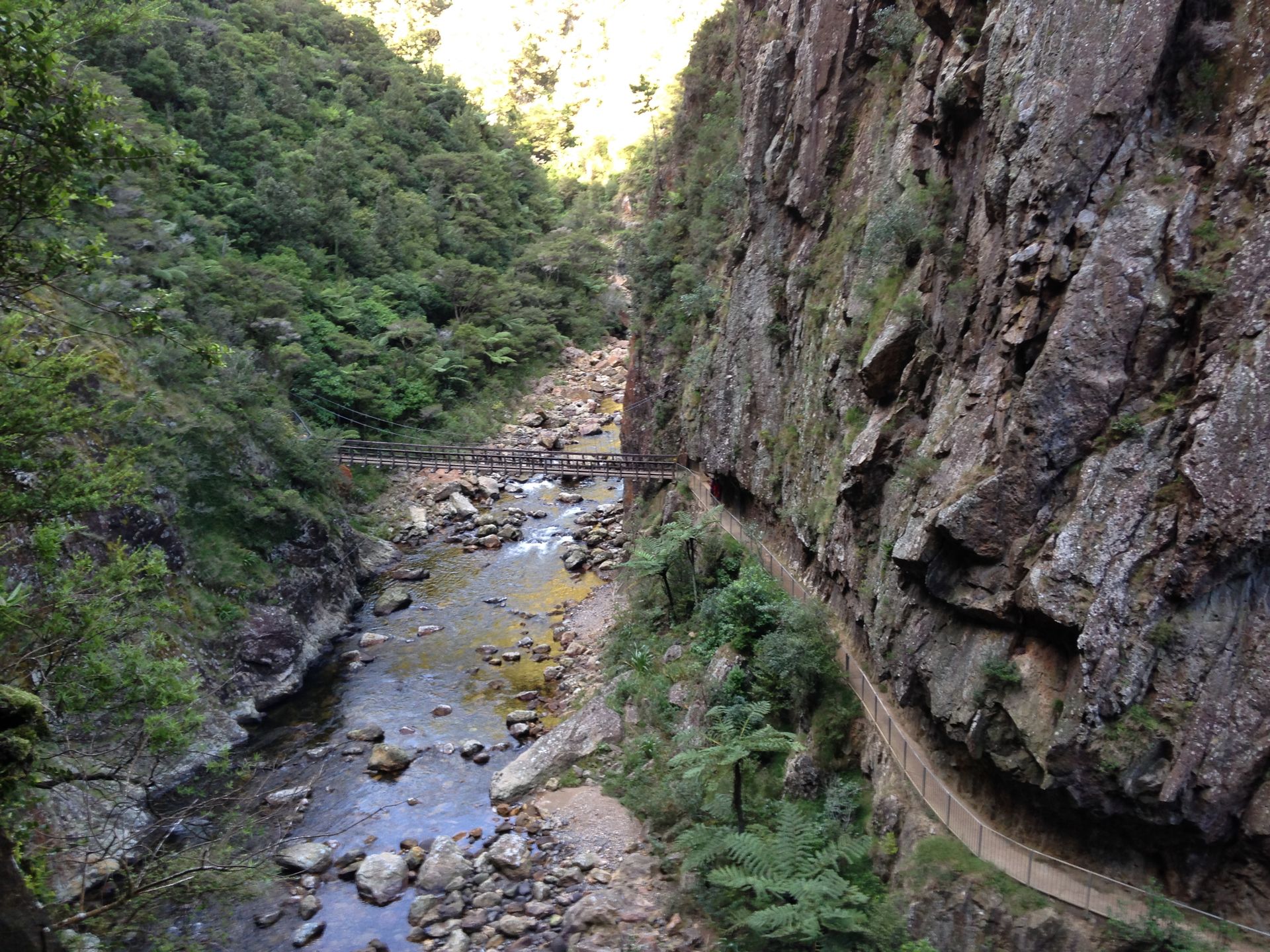

After the morning activity, the Kiwi Bus went directly to Waitomo, the city known for the Waitomo Caves, the 'glowworm caves'. There isn't much else to say about the city itself, but I was fascinated to learn that 65% of the approximately 9,000 residents are Europeans! Kiwi Bus gave us various options to visit the caves for those who wanted to: the one-hour guided tour, the three-hour tour with water tubing and wetsuit through the caves, and the five-hour tour, which included abseiling down waterfalls. Since I had other activities planned in the upcoming cities, I decided to go with the regular tour because I really wanted to see the cave and learn more about it. The glowworms that create the beautiful illumination in the cave (unfortunately, this was difficult to see in the pictures) are not actually glowworms but fungus gnat larvae that hang transparent threads from the ceiling. The larvae emit the bluish light by consuming proteins and attract their prey, and the thread captures the prey. It may not sound as romantic as it looks, but it was a super interesting tour, and the others were thrilled with the adventure activities!
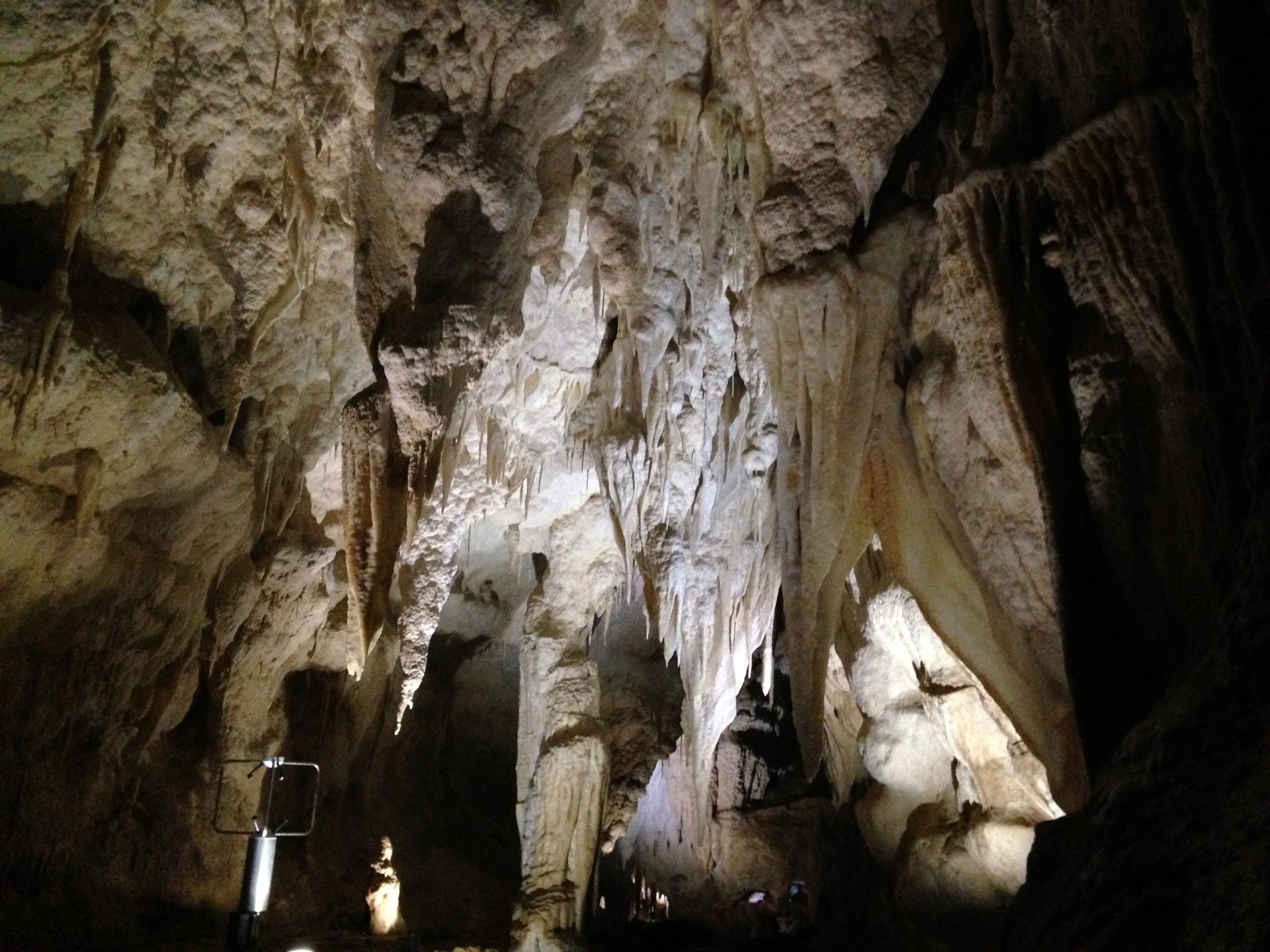
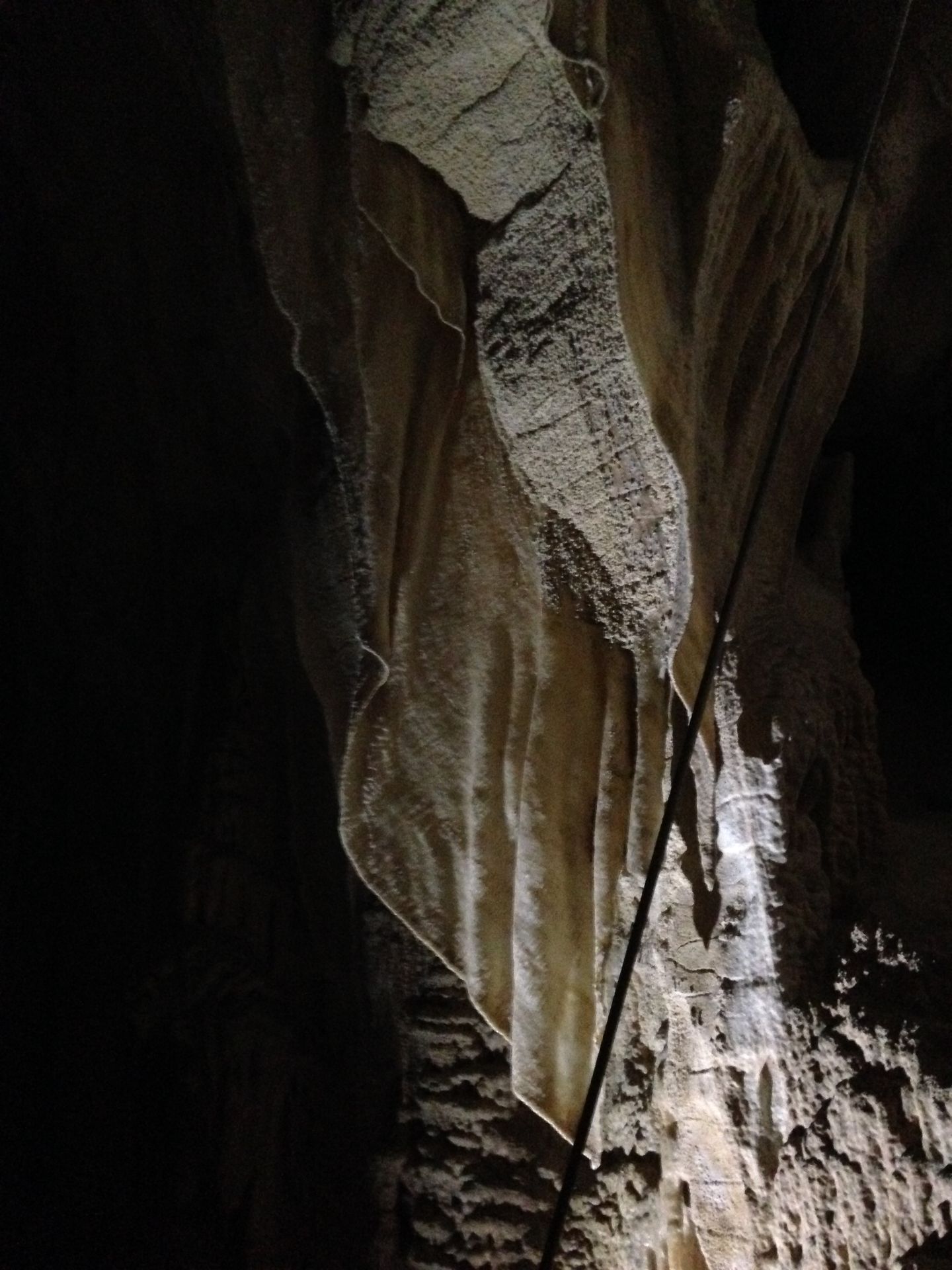

The next morning, we headed to Rotorua, the city of geothermal activity. Rotorua is named by the Maori after the lake of the same name - 'Rotu' = lake and 'Rua' = two (because there are two lakes). When you get off the bus, the smell of sulfur immediately hits you, as there is volcanic activity, geysers, hot springs, and mud pools here. Rotorua is also worth a visit as it strongly represents Maori culture. The city played a significant role in the New Zealand Wars (around 1860), and about 40% of the 50,000 residents are Maori, making it the city with the second-highest Maori population.
Miral and I had already booked our hostel here, as we found a cheaper and better-rated one than the one offered by Kiwi Experience. Two other girls from our bus also stayed at this hostel, so we spent the evening with them later on. The accommodation was really lucky and we even enjoyed the early evening in the small hot tub.
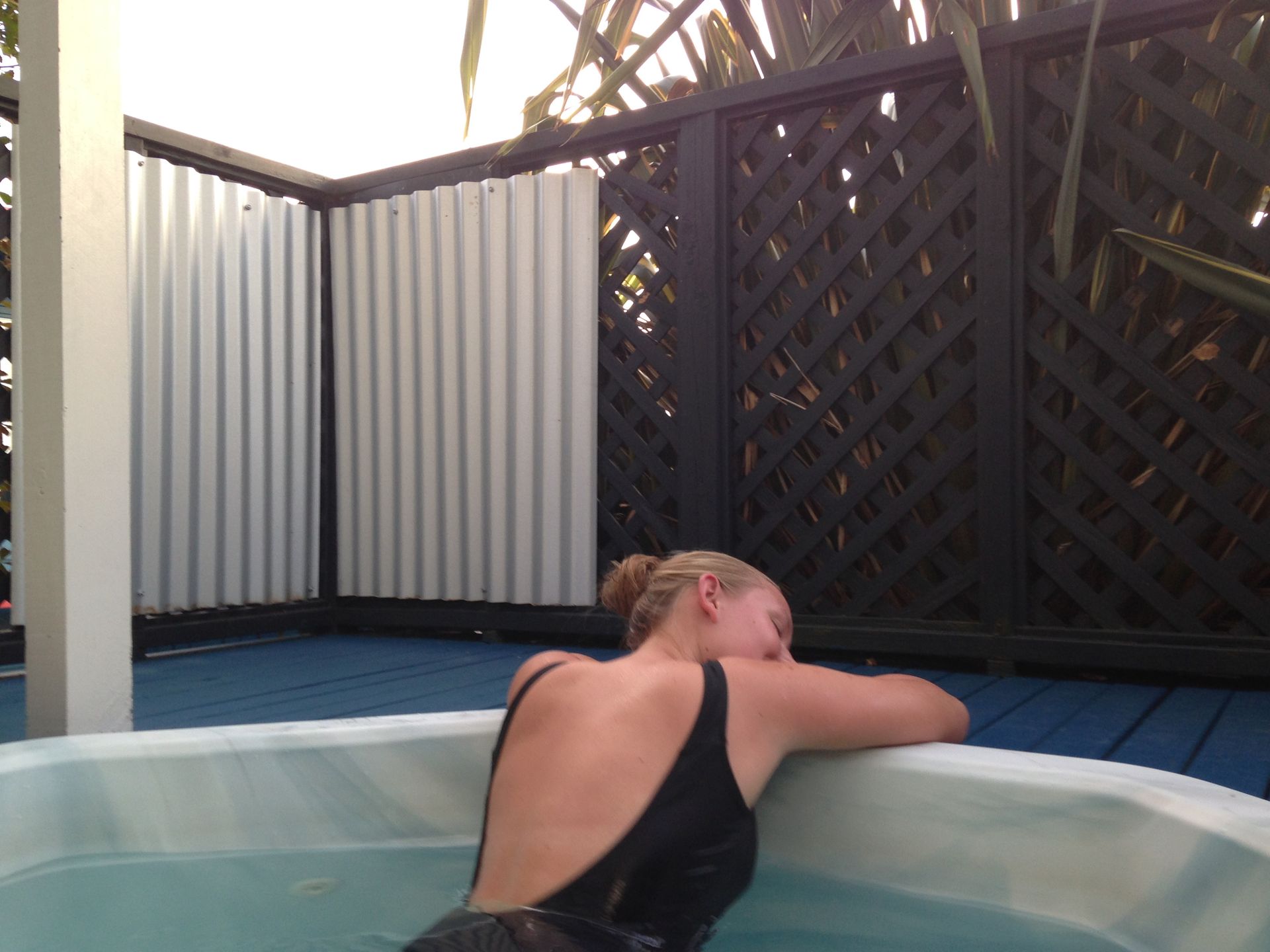
But before that, it was time for white water rafting, which Rotorua is also famous for, as you get to ride down a 7-meter waterfall in a boat! Rafting had been planned for us for a long time, as Miral had won the tour in a competition at a travel agency, and I got it at half price :) We shared our 6-person boat with two Britons, two Americans, and of course, our guide. At the beginning, we were given all the commands in dry runs, so that we could work as a team when going down the waterfall. Of course, the guide also explained the 'worst-case scenarios', such as when the boat flips over or someone falls out while going down the big waterfall. Miral then asked directly how often someone falls out of the boat during the 7-meter drop due to the current, and he assured us that it almost never happens. But as things turned out, I found myself in the water alone because too much water was coming at me and I couldn't hold on during the waterfall drop! But after sorting myself out and resurfacing, I still had the paddle and was able to swim back to the boat ;) Nonetheless, rafting was a lot of fun, especially since it was my first time!
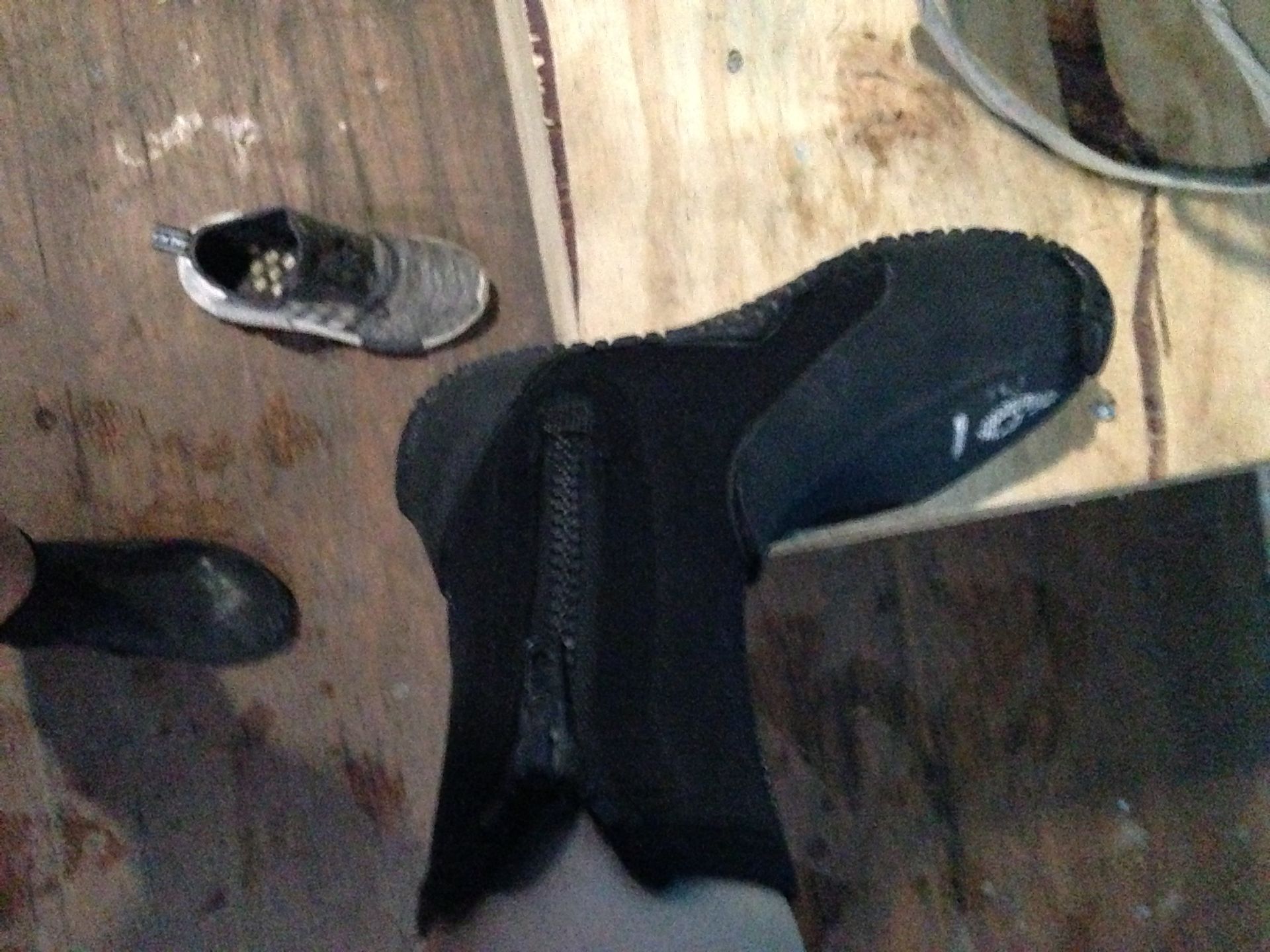

S'inscrire à la Newsletter
Répondre

Rapports de voyage Nouvelle-Zélande
